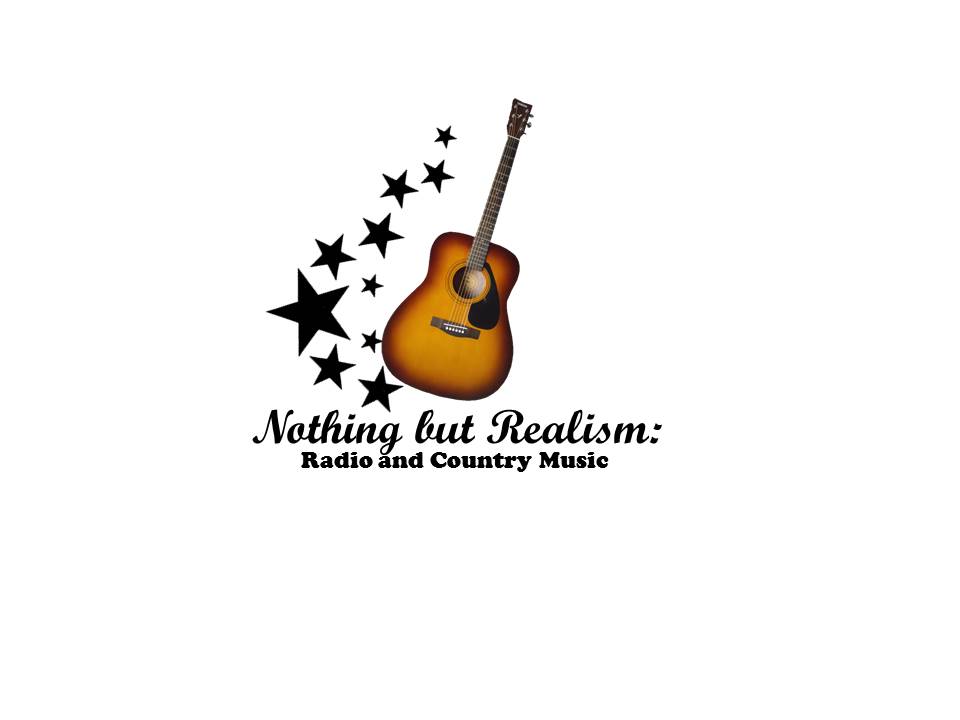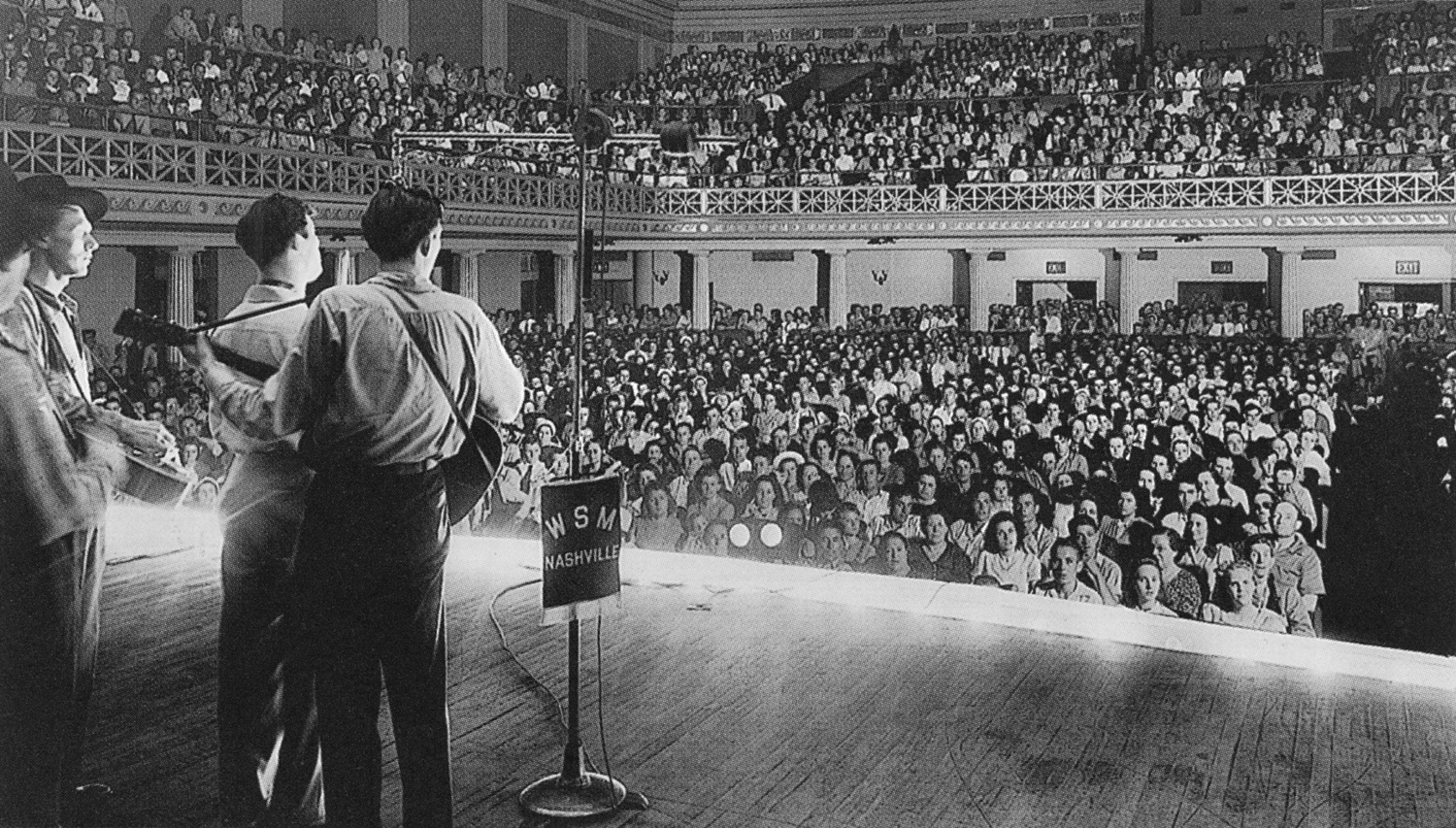"Every-day Working People:" Locality and Identity
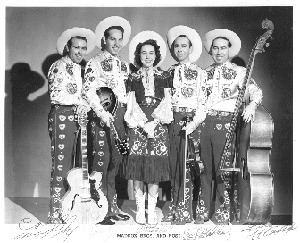
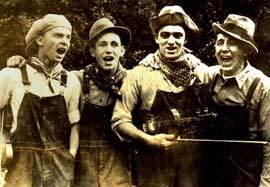 Article: "The Hill Billies; Al Hopkins and His Buckle Busters"
Article: "The Hill Billies; Al Hopkins and His Buckle Busters" 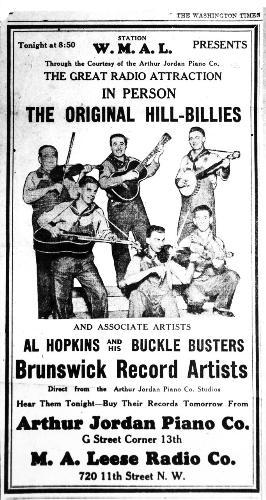 Article: "The Post Discovers Country Music… in 1944"
Article: "The Post Discovers Country Music… in 1944" An issue that country music performers and industry leaders grappled with from the genre’s debut on the radio was the extent to which traditional regional tropes would characterize its commercial broadcasts. In his analysis of country’s association with particular spaces and places, Jeremy Hill argues that the genre was inherently versatile in this regard, which allowed it to expand its commercial and cultural influence. While its ties to the nation’s agrarian past are undeniable, Hill observes what he terms as “geographic portability” characterized by a more intangible mentality rather than overt presentation: “If ‘country’ can signify a mindset, the character of an individual, or an abstract set of virtues, rather than simply a geographic particularity, then the genre can speak to and for a wider range of actors.”
Hill also sees country music as a means of mediating the larger social circumstances surrounding the rural to urban migration process between 1920 and 1960. Essentially, during that period, the genre became a significant element of “cultural conversations about social class, modernization, geography, and authenticity.” This came to a head during the 1950s when the idea of a “disappearing past” emerged, and the negative “hillbilly” stereotype entered the national discourse. What was regarded by many Americans as being a music produced by uncouth and uneducated people can also be seen as a repository of traditional values and a bulwark against modernization and urbanization. This dichotomy presented a challenge to practitioners of country music hoping to achieve commercial success around the mid-century, who had to reconcile the efforts of city dwellers to discount the potential for rural people to assimilate into urban life with traditionalist claims that migrants were in the process of shedding an important part of their character in the process. It was during this time that Hill observes country music making its significant transformation from a physical space to a state of mind. He attributes this to the simultaneous evolution of America’s social and cultural landscape, which rewrote the definitions of “ordinary folk” and “the people,” which were powerful markers of the music’s appeal and fan base.
Richard A. Peterson observes a way in which the very nature of some country music performers’ personas contributed to the negative stereotype proliferating in areas not traditionally linked to the genre. He notes the popular image of the “sorely tempted child of God” adopted by numerous travelling musicians throughout the generations, which had the tendency for them to be likened by outsiders to carnival entertainers and gypsies. This presented a challenge to radio programmers seeking to expand the genre’s reach, who had to reconcile traditional elements of the genre’s performances with its capacity for commercial and cultural expansion. The Industry Forces section discusses the ways in which the radio industry met these challenges and in turn shaped the nature of country music around the mid-century.
